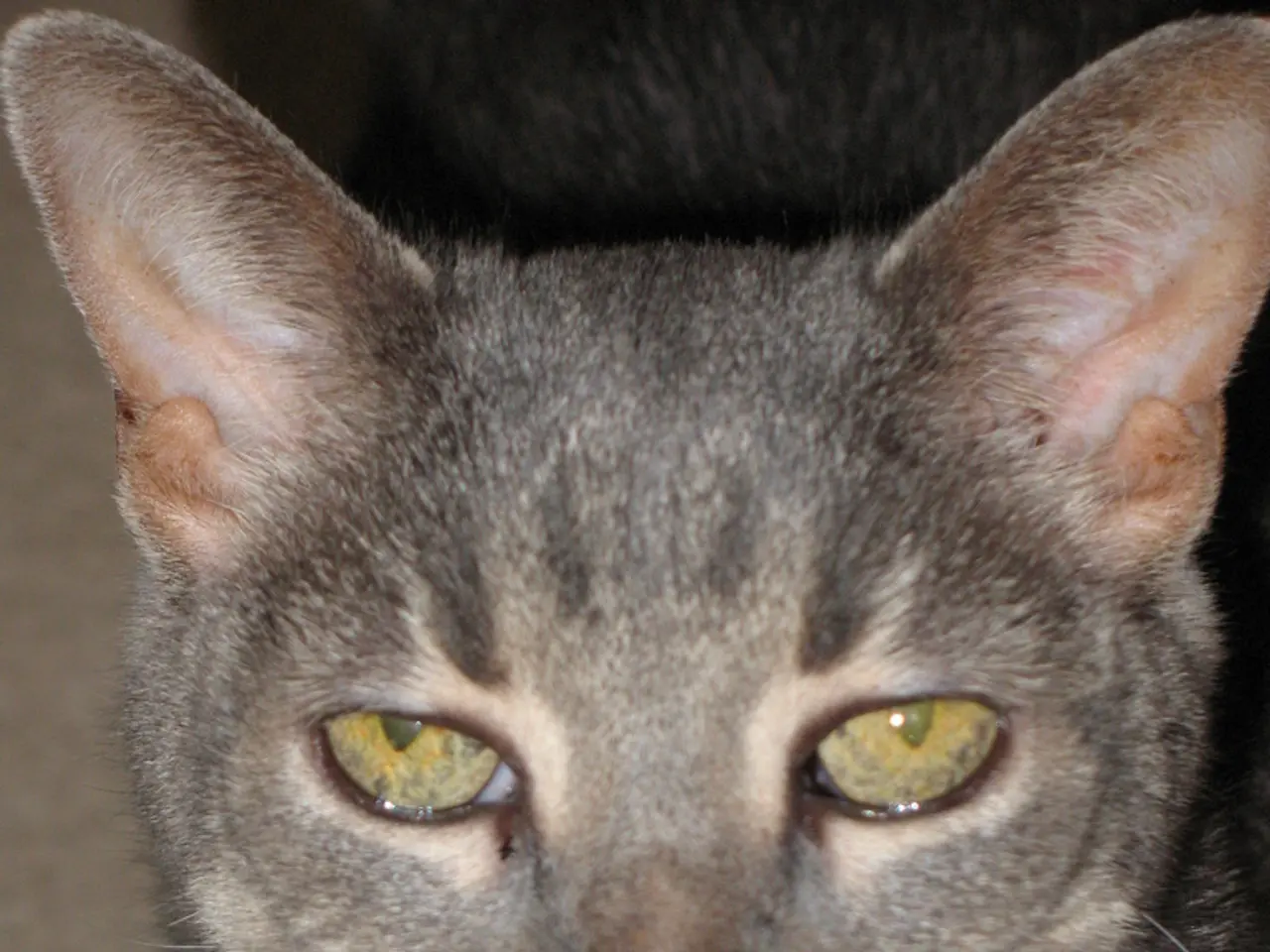Difference between Catmint and Catnip: Insight into two preferred feline-friendly perennials
Fancy adding a touch of aromatic charm to your garden while keeping your feline friends entertained? Then it's essential to know the difference between catmint and catnip before planting. Although both belong to the mint family (Nepeta genus), these two plants have distinct differences in appearance, properties, and growing conditions. Let's delve into the world of catmint versus catnip to determine which one suits your garden and pets best.
Catmint or Catnip: Which One's for You?
Cat owners seeking to provide their pets with joy usually opt for catnip, as it contains nepetalactone, a compound causing euphoric reactions in many cats. Catnip boasts pale green, heart-shaped leaves and small white to lavender flowers. For gardeners more interested in aesthetics and a plant's color and form, as well as keeping unwanted felines out of their yards, catmint is the preferred choice.
According to Tabar Gifford, master gardener, and representative, American Meadows: "Catmint is more refined in appearance, forming neat, mounding clumps of silvery-green foliage, and producing abundant spikes of lavender-blue flowers. It is rarely as enticing to cats as catnip, but its visual appeal in the garden makes it a favorite for gardeners."
Choosing to Grow Catmint or Catnip
While catmint and catnip share similar preferences for sun, soil, and drought tolerance, differences in cultivation, maintenance, and flower color set them apart.
Most cultivars of catmint are sterile hybrids that cannot be grown from seed but are readily available as container-grown plants. Catnip, on the other hand, can be easily grown from seed. Justine Kandra, horticulturist at the Missouri Botanical Garden, advises growing it 6 weeks before the average last frost date.
Catnip thrives in USDA zones 3-9 and prefers full sun to partial shade, while catmint, particularly ornamental hybrids like Nepeta x faassenii ('Walker's Low'), is more suited to zones 3-8 and does best in full sun and dry, well-drained soil—ideal for low-water gardens.
Justine Kandra explains: "Catnip will spread from seed and by underground runners, making it a good choice for those who don't mind the occasional feline friend wandering into their yards. Catmint, comparatively, is less attractive to cats due to its less intense aroma and clump-forming, rounded growth habit."
Tips to Identify Catmint and Catnip
To easily distinguish these plants, observe their flower color and shape. Catmint is known for having vivid, violet-blue flowers held in dense, upright spikes or panicles, while catnip features pale, less vibrant flowers. Moreover, catmint tends to be more compact and neat-looking than catnip.
Justine Kandra adds, "The leaves and stems of catmint have a minty aroma, while catnip's leaves boast a stronger scent that's particularly attractive to cats."
Conclusion
In summary, whether you're a keen gardener who enjoys a visually appealing landscape, a cat owner searching for the perfect plant to keep your pet happy, or someone trying to prevent unwanted feline visitors in your yard, understanding the differences between catmint and catnip will help you choose the right plant for your needs. Both catmint and catnip can grow beautifully in containers or directly in the ground, as long as they receive plenty of sunlight and well-draining soil.
[1] https://www.hgtv.com/design/outdoor-design/gardening/catmint-vs-catnip[2] https://www.almanac.com/plant/catnip[3] https://www.gardeningknowhow.com/ornamental/flowers/catnip/growing-catmint-in-gardens.htm[4] https://www.gardeningknowhow.com/plant-care/herbs/grow/catnip-growing-information.htm[5] https://www.gardeningknowhow.com/ornamental/flowers/catnip/flowering-catmint.htm
- For those who prioritize aesthetics in their home-and-garden lifestyle, consider planting catmint flower beds. Its silvery-green foliage and lavender-blue flowers add charm to any gardening project.
- Catmint, known for its refined appearance and less intense aroma, is popular among gardeners for its visual appeal, making it a suitable choice for those trying to keep feline visitors out of their yard.








